The SAT is a standardized test used primarily for college admissions. It measures whether high school students are ready for higher education by testing key skills in Reading & Writing and Mathematics.
Accepted by over 4000 colleges and universities in the USA and 65+ countries, including the Ivy League and other top global institutions, the SAT plays a critical role in undergraduate admissions decisions.
| Component | Time Allotted | Number of Questions |
|---|---|---|
| Reading & Writing | 64 minutes (two modules × 32 minutes) | 54 questions (27 questions per module) |
| Math | 70 minutes (two modules × 35 minutes) | 44 questions (22 questions per module) |
The Reading and Writing section of the SAT assesses your ability to read, interpret, and edit texts. It tests comprehension, reasoning, rhetorical skills, and command of standard written English. The section is divided into two modules, and each module contains questions from multiple domains.
Content Covers
Questions in this section are organised into four content domains, each appearing across both modules. They are:
Passages and Types
Question Types & Format
The Math section of the SAT is designed to assess the math skills most relevant to success in college and in real-world contexts. It is divided into two modules and includes a mixture of multiple-choice and student-produced response (i.e., “grid-in”) questions.
| Content | Testing Points | No. of Questions |
|---|---|---|
| Algebra |
|
13-15 |
| Advanced Math |
|
13-15 |
| Problem Solving and Data Analysis |
|
5-7 |
| Geometry and Trigonometry |
|
5-7 |
Question Types & Format
Context and Application
About 30% of the Math questions are “in context” or “word problems.” These items set up a scenario (from science, social studies, or real-life situations) and require you to apply mathematical reasoning in that context.
Order & Difficulty

Adithyan Diwakar
SAT: 1600 / 1600

Aarav Goel
SAT: 1600 / 1600

Pranet Khetan
SAT: 1600 / 1600

Romir Kumar
SAT: 1600 / 1600
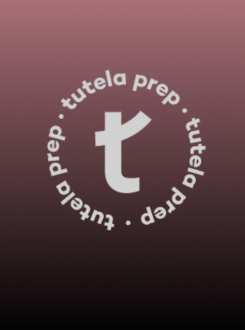
Aakarshan Rai
SAT: 1590 / 1600

Aksh Agarwal
SAT: 1590 / 1600

Uma Geismar
SAT: 1590 / 1600

Param Davda
SAT: 1590 / 1600

Aaraynaa Lohia
SAT: 1590 / 1600

Pragun Sharma
SAT: 1590 / 1600
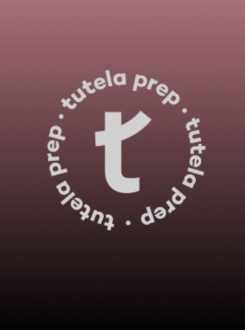
Ansh Saraf
SAT: 1580 / 1600

Namya Kathuria
SAT: 1580 / 1600

Navya Goenka
SAT: 1580 / 1600

Anvi Goel
SAT: 1580 / 1600
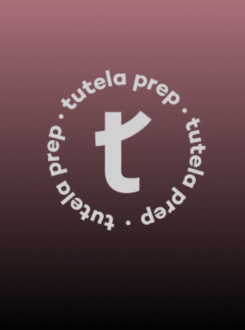
Mriya
SAT: 1570 / 1600
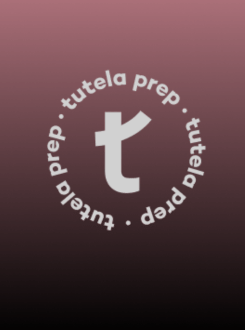
Myrah Madhok
SAT: 1570 / 1600
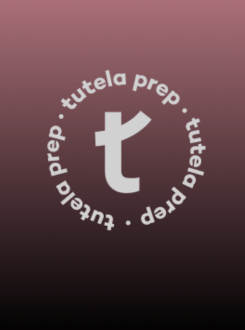
Akhil Bondalapati
SAT: 1570 / 1600

Umang Sharma
SAT: 1570 / 1600

Adit Sehgal
SAT: 1570 / 1600

Suhani Prakash
SAT: 1570 / 1600
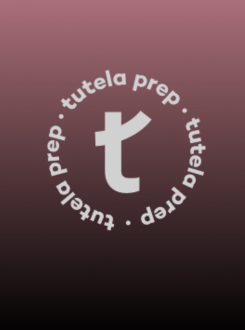
Aarav Srivastav
SAT: 1570 / 1600

Shivansh Aggarwal
SAT: 1570 / 1600
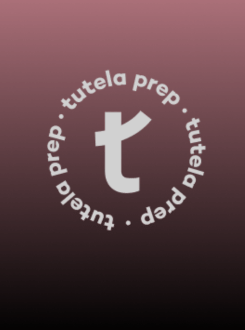
Aahana Bhola
SAT: 1570 / 1600

Suhaani Sriram
SAT: 1570 / 1600

Arnav Pandit
SAT: 1570 / 1600
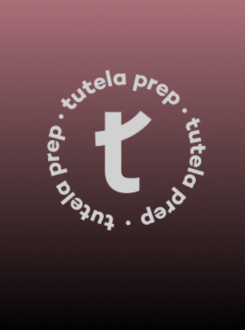
Aayra Dhindsa
SAT: 1560 / 1600
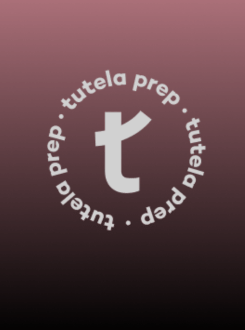
Amyra Pasricha
SAT: 1560 / 1600
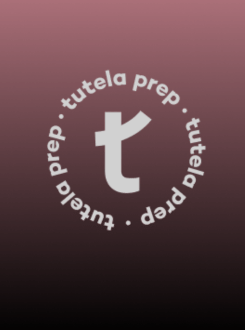
Mahi
SAT: 1560 / 1600

Samvit Govindani
SAT: 1560 / 1600
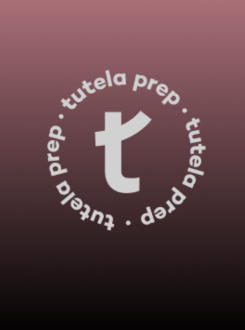
Rohan Danda
SAT: 1560 / 1600
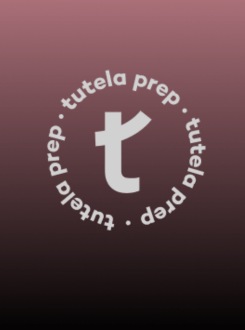
Jason Romero
SAT: 1560 / 1600
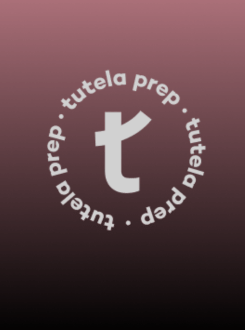
Diya Samit
SAT: 1560 / 1600
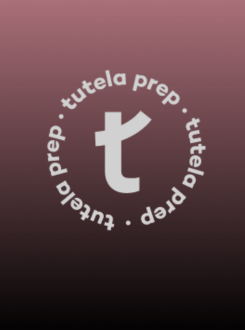
Kashvi Kumar
SAT: 1560 / 1600
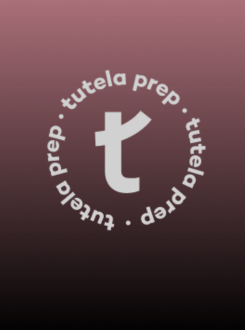
Sarim Khan
SAT: 1560 / 1600

Jayesha Sharma
SAT: 1560 / 1600
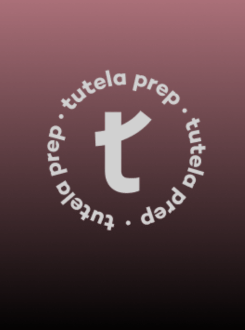
Ayush Jain
SAT: 1560 / 1600
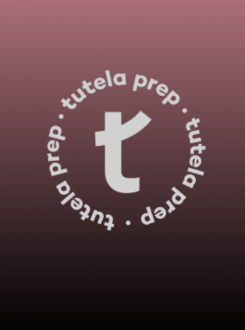
Jinwoo Jung
SAT: 1560 / 1600

Aanya Bhola
SAT: 1560 / 1600

Sidharth Roy
SAT: 1560 / 1600

Saraa Kumar
SAT: 1560 / 1600

Anhiti Mandal
SAT: 1560 / 1600

Saumya Chaudhary
SAT: 1560 / 1600
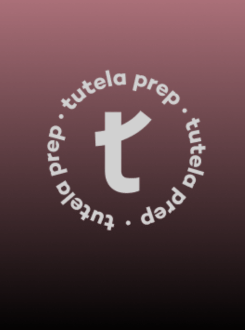
Deepshikha Sharma
SAT: 1560 / 1600

Shresht Bhat
SAT: 1560 / 1600
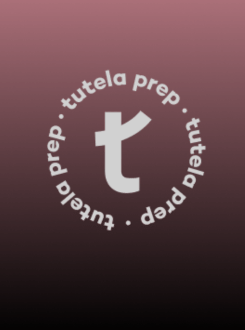
Darsh Puri
SAT: 1560 / 1600
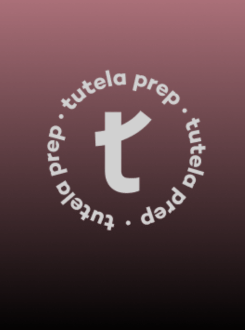
Yoana gupta
SAT: 1550 / 1600
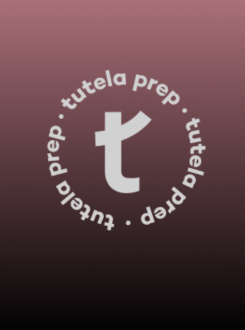
Amritraj Lamba
SAT: 1550 / 1600

Jacob Liu
SAT: 1550 / 1600
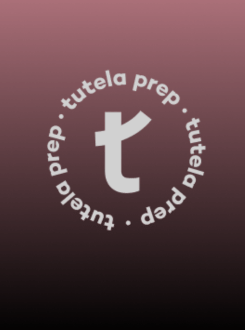
Anoushka Jolly
SAT: 1550 / 1600

Adit Amit Kumar
SAT: 1550 / 1600
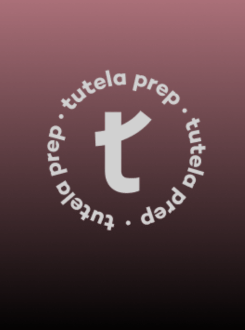
Kavya Modi
SAT: 1550 / 1600

Navya Agarwal
SAT: 1550 / 1600
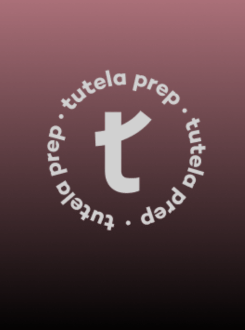
Tanishi
SAT: 1550 / 1600

Vir Shrinagesh
SAT: 1550 / 1600
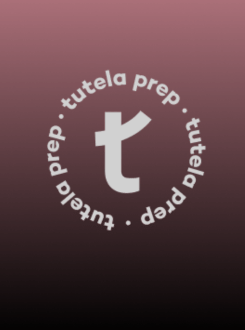
Audrey Moche
SAT: 1550 / 1600
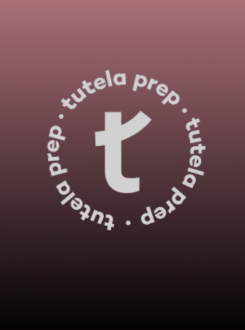
Saachi Chhaparwal
SAT: 1550 / 1600
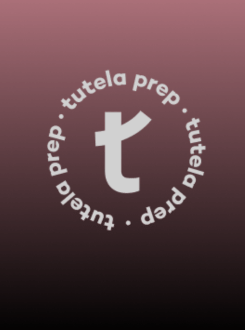
Sanghyun Mo
SAT: 1550 / 1600
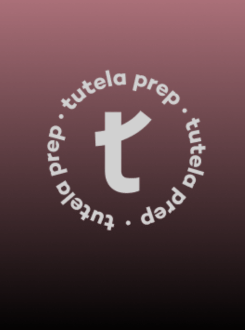
Siddharth Jain
SAT: 1550 / 1600

Vaibhav Krishan Goel
SAT: 1550 / 1600

Sayesha Saxena
SAT: 1550 / 1600

Rohan Patel
SAT: 1550 / 1600
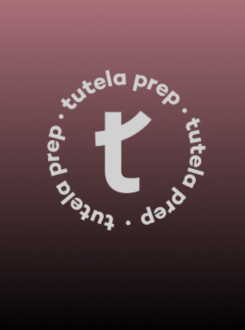
Kabir Bahl
SAT: 1550 / 1600
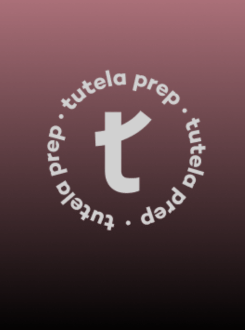
Aisha Abraham
SAT: 1550 / 1600

Ahaan Chopra
SAT: 1550 / 1600
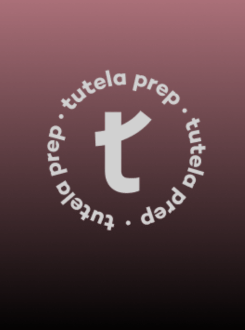
Svanik Garg
SAT: 1550 / 1600
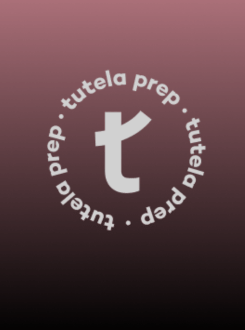
Sanna Patel
SAT: 1550 / 1600

Pia Geismar
SAT: 1550 / 1600
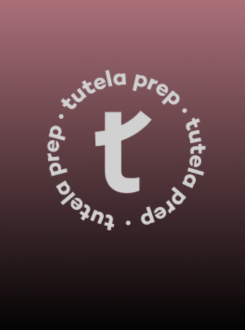
Saanvi Agarwal
SAT: 1550 / 1600

Ishan Kanade
SAT: 1550 / 1600

Rusheen Bansal
SAT: 1550 / 1600

Avantika Khanna
SAT: 1550 / 1600

Shloka Marwah
SAT: 1550 / 1600

Varun Arora
SAT: 1550 / 1600
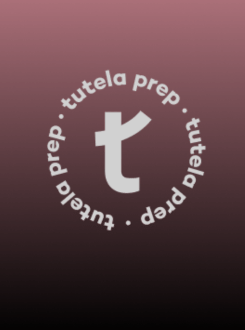
Devyansh Garg
SAT: 1550 / 1600
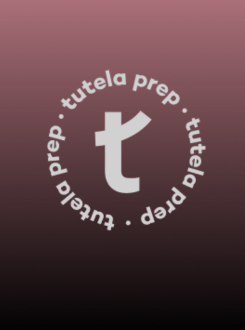
Aaryamaan Saini
SAT: 1550 / 1600

Yaj Parmeswaran
SAT: 1550 / 1600
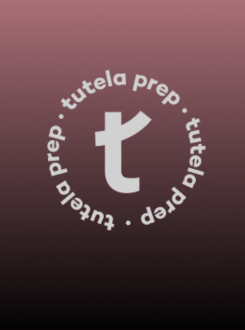
Palaash Gang
SAT: 1550 / 1600
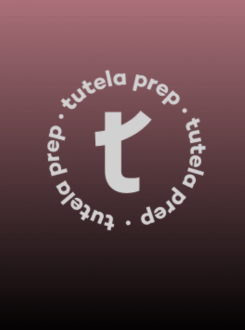
Devasya Agarwal
SAT: 1550 / 1600

Yash Yadavalli
SAT: 1550 / 1600

Nikita Dhawan
SAT: 1550 / 1600

Dahlia Lakra
SAT: 1550 / 1600
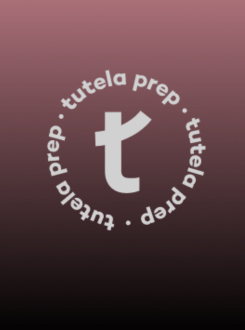
JM
SAT: 1540 / 1600
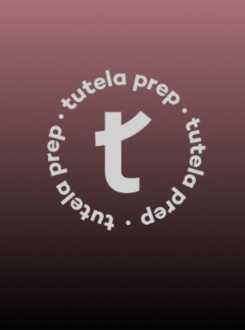
Avantika Ayushi
SAT: 1540 / 1600
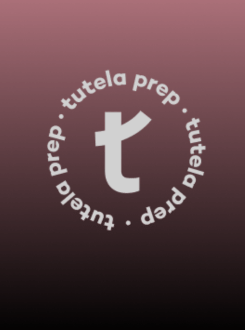
Aarush Sinha
SAT: 1540 / 1600

Agastya Gupta
SAT: 1540 / 1600
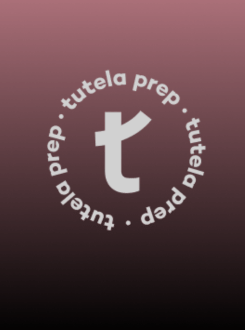
Pranay
SAT: 1540 / 1600

Rhea Ram
SAT: 1540 / 1600

Kavya Sinha
SAT: 1540 / 1600
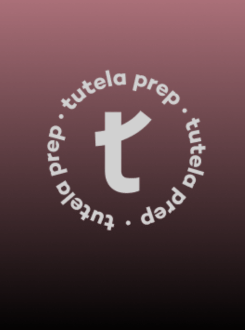
Aadi Vashishth
SAT: 1540 / 1600

Aashi Bhatt
SAT: 1540 / 1600
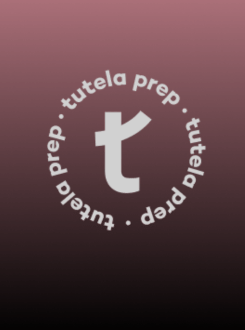
Anonymous
SAT: 1540 / 1600

Arush Nath
SAT: 1540 / 1600
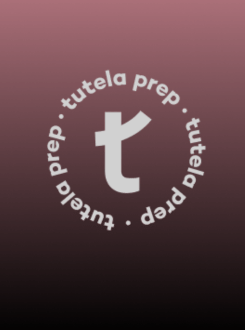
Vivaan Mohindroo
SAT: 1540 / 1600
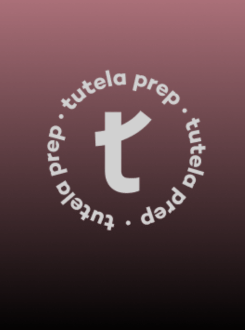
Sneh Bihani
SAT: 1540 / 1600
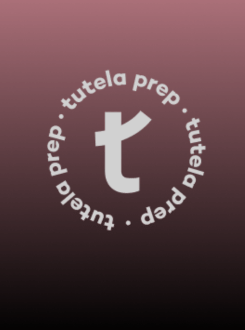
Aditya Kashyap
SAT: 1540 / 1600
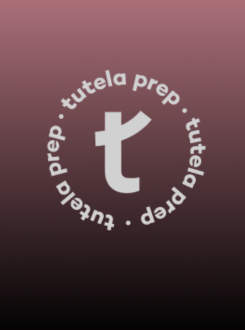
Ujjwal
SAT: 1540 / 1600
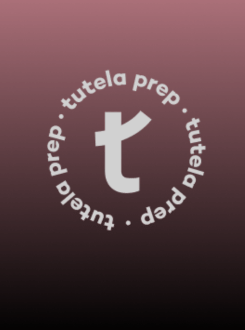
Zindagi Malhotra
SAT: 1540 / 1600

Divvyam Arora
SAT: 1540 / 1600

Anay Garodia
SAT: 1540 / 1600
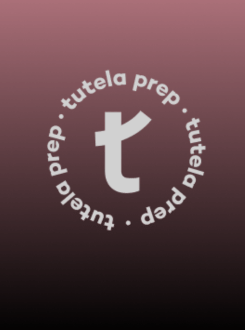
Isha Sobasariya
SAT: 1540 / 1600
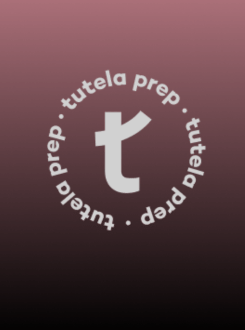
Anhad Singh Kohli
SAT: 1540 / 1600

Soham Bahadur
SAT: 1540 / 1600
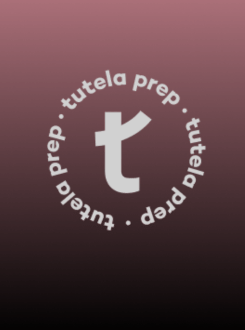
Nipun Yk
SAT: 1540 / 1600
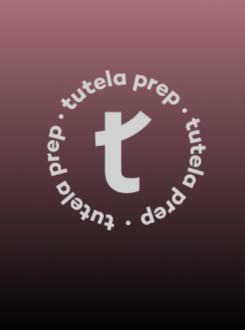
Bharat Gupta
SAT: 1540 / 1600

Kavya Rajesh
SAT: 1540 / 1600

Saahil Sanganeria
SAT: 1540 / 1600

Dhruv Kulgod
SAT: 1540 / 1600

Lyla Saigal
SAT: 1540 / 1600
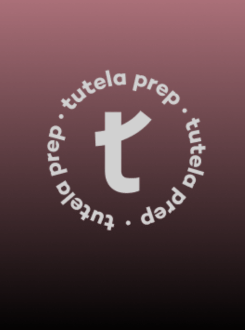
Govind Uberoy
SAT: 1540 / 1600

Krish Bansal
SAT: 1540 / 1600
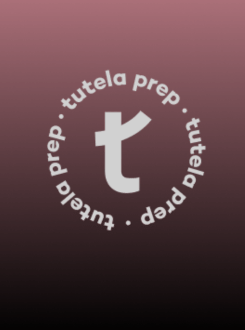
Sasha Rastogi
SAT: 1540 / 1600

Mythili Rajesh
SAT: 1540 / 1600
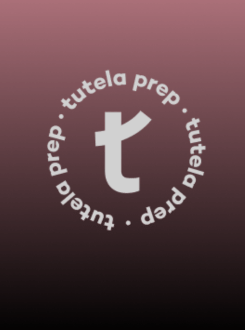
Ritvik Sharma
SAT: 1540 / 1600
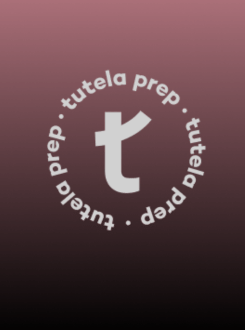
Arhan Singhal
SAT: 1540 / 1600

Adhiraj Sud
SAT: 1540 / 1600
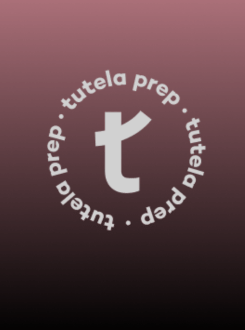
Sifti
SAT: 1530 / 1600
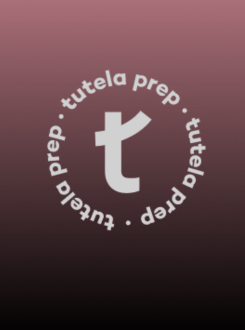
Anay Bhadoria
SAT: 1530 / 1600
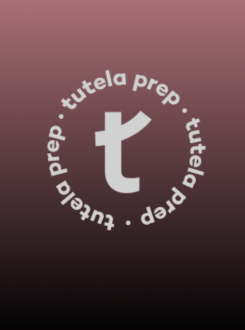
Eshani Kalra
SAT: 1530 / 1600
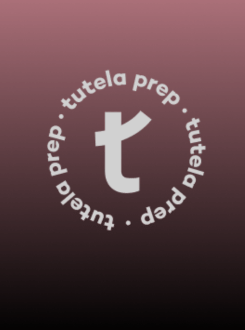
Ishan Verma
SAT: 1530 / 1600
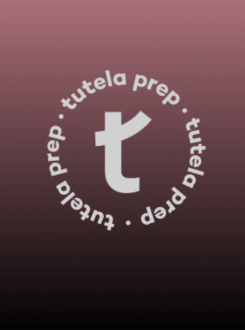
Devakinandan
SAT: 1530 / 1600
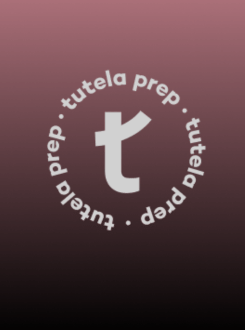
Ks
SAT: 1530 / 1600
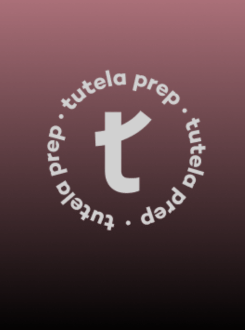
Vikunth Gupta
SAT: 1530 / 1600
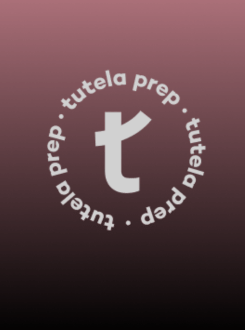
Syna Mehra
SAT: 1530 / 1600
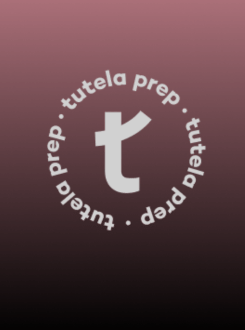
Avni Sharma
SAT: 1530 / 1600
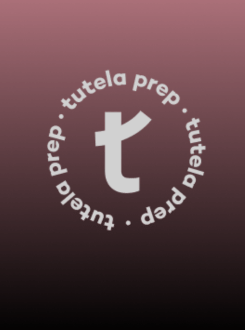
Sheetal Johri
SAT: 1530 / 1600
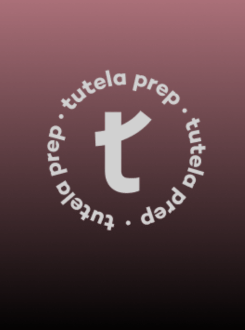
Krish Kamath
SAT: 1530 / 1600
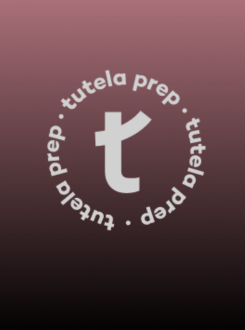
Shagun Srivastava
SAT: 1530 / 1600
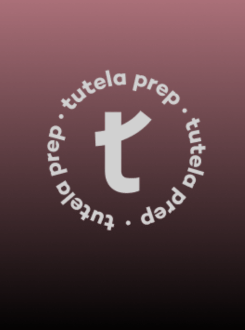
Seojin Kim
SAT: 1530 / 1600

Vivek Patel
SAT: 1530 / 1600
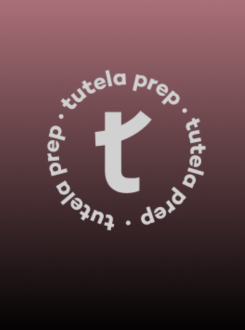
Maehir Gupta
SAT: 1530 / 1600

Arannya Roy
SAT: 1530 / 1600

Prekshaa Lohia
SAT: 1530 / 1600
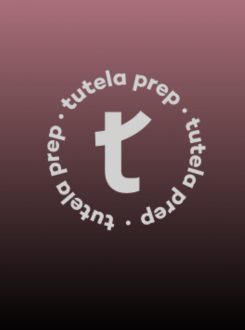
Adit Javalkar
SAT: 1530 / 1600
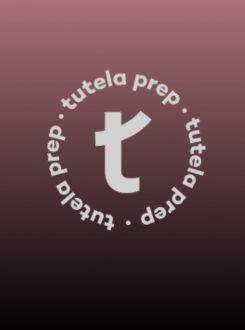
Aarav Chhabra
SAT: 1530 / 1600
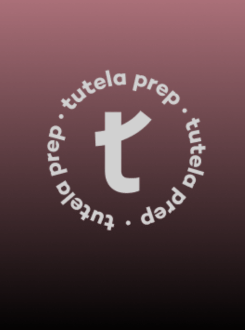
Aditya Rastogi
SAT: 1530 / 1600

Pranav Singla
SAT: 1530 / 1600
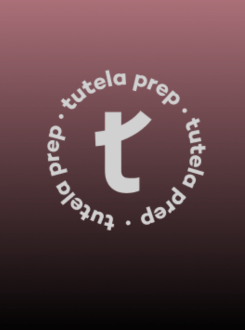
Ishaani Agarwal
SAT: 1530 / 1600

Divyata Choudhary
SAT: 1530 / 1600

Siddharth Arya
SAT: 1530 / 1600

Ishaan Kanudia
SAT: 1530 / 1600
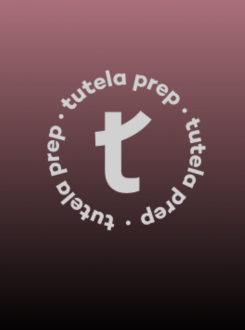
Aanya Jain
SAT: 1520 / 1600
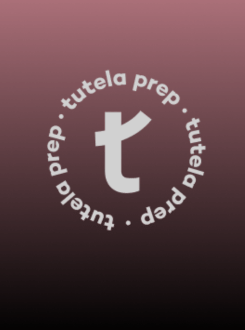
Kabir Mennon
SAT: 1520 / 1600
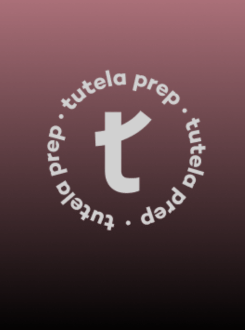
Anushka Manoj
SAT: 1520 / 1600
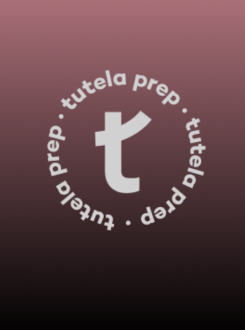
Garv Singh
SAT: 1520 / 1600

Amogh Grover
SAT: 1520 / 1600
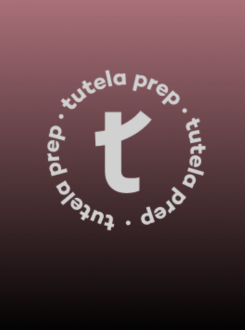
Dheera Vandini Mehndiratta
SAT: 1520 / 1600
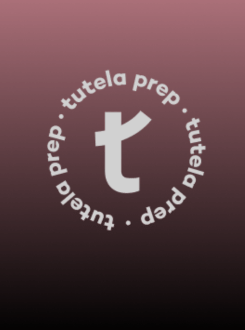
Kartikay Walia
SAT: 1520 / 1600

Akarsh Chitteneni
SAT: 1520 / 1600

Sahil Ahuja
SAT: 1520 / 1600

Taneesha Sheth
SAT: 1520 / 1600

Ishaani G Vats
SAT: 1520 / 1600

Ishaan Sen Dave
SAT: 1520 / 1600

Anusha Kabra
SAT: 1520 / 1600

Pratham Aggarwal
SAT: 1520 / 1600
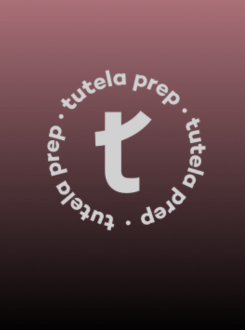
Aastha Rajani
SAT: 1520 / 1600

Shiv Kapoor
SAT: 1520 / 1600
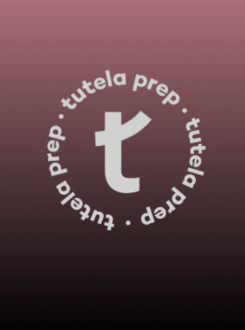
Anya Bhola
SAT: 1520 / 1600

Aniket Verma
SAT: 1520 / 1600

Ruhi Chopra
SAT: 1520 / 1600
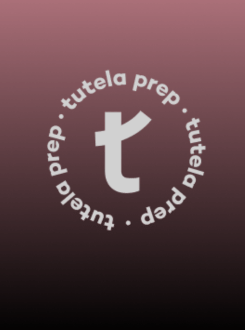
Arav Mittal
SAT: 1520 / 1600

Samarth Cham
SAT: 1520 / 1600

Rishit Aggarwal
SAT: 1520 / 1600
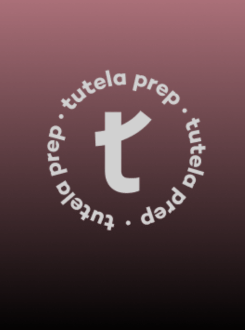
Yashasvi Saraff
SAT: 1520 / 1600

Anshveer Bindra
SAT: 1520 / 1600

Prisha Singh
SAT: 1520 / 1600

Nandini Singla
SAT: 1520 / 1600

Ishita Bhargava
SAT: 1520 / 1600
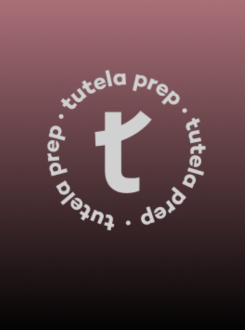
Manan Chabbra
SAT: 1510 / 1600
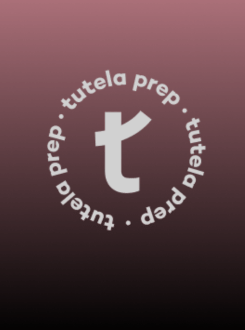
Kashvi Agarwal
SAT: 1510 / 1600
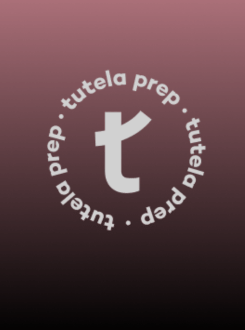
Vinayak Pachhapur
SAT: 1510 / 1600

Rianna Mahajan
SAT: 1510 / 1600
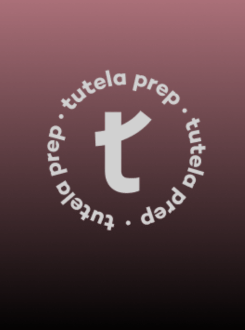
Saurish Kapur
SAT: 1510 / 1600

Girik Gupta
SAT: 1510 / 1600
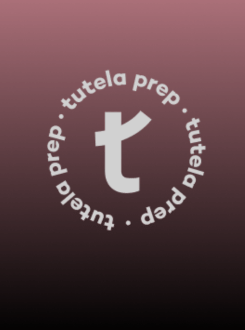
Aanya Bhayana
SAT: 1510 / 1600
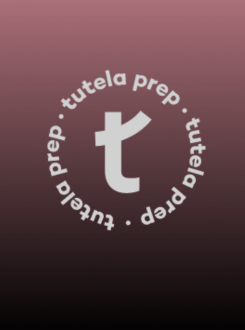
Arav Mathur
SAT: 1510 / 1600

Abhinav Chandna
SAT: 1510 / 1600
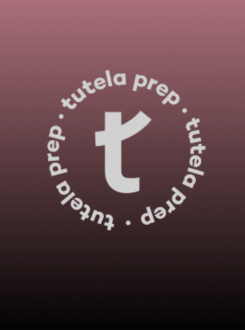
Riya Kamat
SAT: 1510 / 1600

Akshat Srivastava
SAT: 1510 / 1600
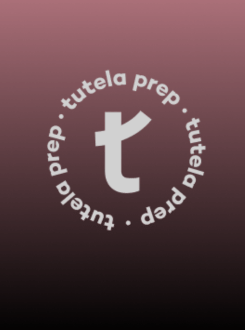
Anand Arora
SAT: 1510 / 1600

Riyana Rampal
SAT: 1510 / 1600
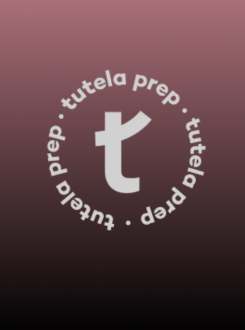
Naail Narayan
SAT: 1510 / 1600
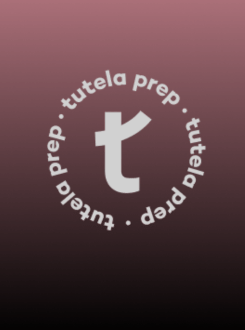
Kriish Vashishth
SAT: 1510 / 1600

Tvisha Singhal
SAT: 1510 / 1600

Sohum Bajaj
SAT: 1510 / 1600

Sanskriti Kohli
SAT: 1510 / 1600
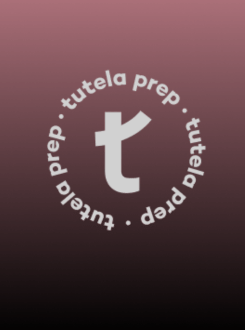
Ridit Aggarwal
SAT: 1510 / 1600

Madhav Bhalla
SAT: 1510 / 1600
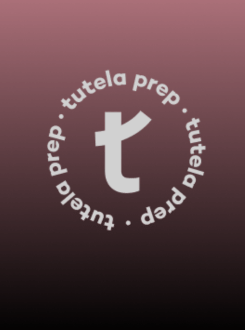
Ark Tiwari
SAT: 1510 / 1600

Avishi Khar
SAT: 1510 / 1600

Pranjal Singh
SAT: 1510 / 1600

Anirudh Krishna
SAT: 1510 / 1600
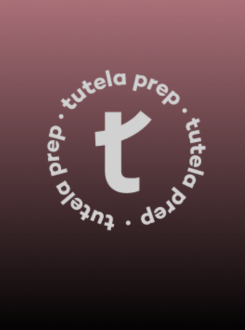
Chaitanya
SAT: 1500 / 1600
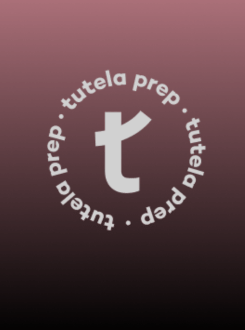
Manasi
SAT: 1500 / 1600
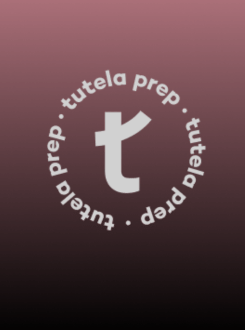
Harshita Gupta
SAT: 1500 / 1600

Isha Saxena
SAT: 1500 / 1600
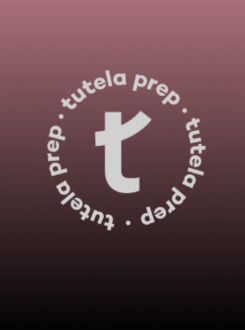
Tanish Yadav
SAT: 1500 / 1600
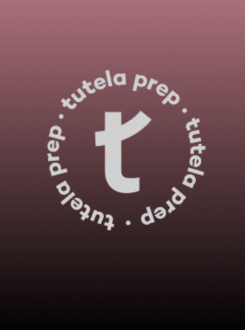
Sasha Gerin
SAT: 1500 / 1600
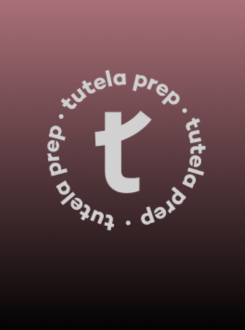
Sarthak Goyal
SAT: 1500 / 1600
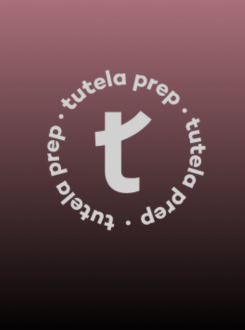
Aryan Bajoria
SAT: 1500 / 1600
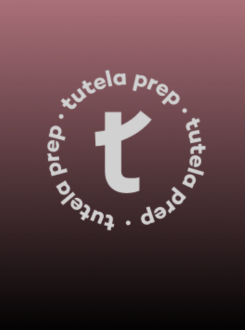
Kierat Singh
SAT: 1500 / 1600

Aarshiya Agarwal
SAT: 1500 / 1600
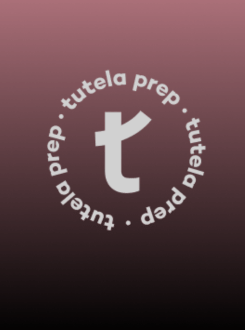
Gahyeon Park
SAT: 1500 / 1600
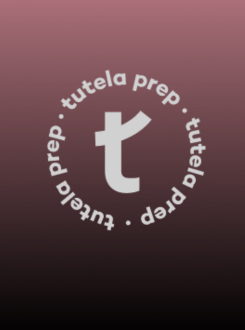
Seher Dhillon
SAT: 1500 / 1600
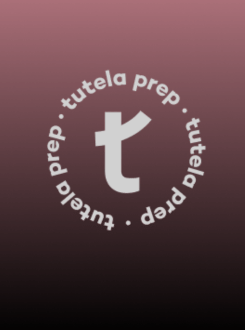
Aadya Gupta
SAT: 1500 / 1600

Ariya Nahata
SAT: 1500 / 1600
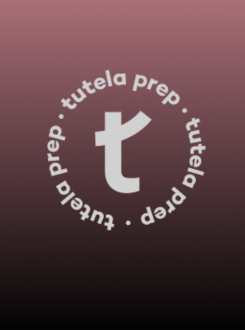
Madhav Bahl
SAT: 1500 / 1600
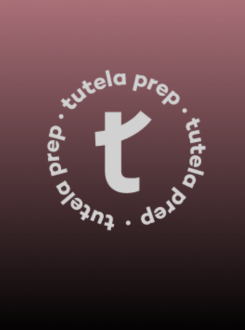
Devansh Agarwal
SAT: 1500 / 1600
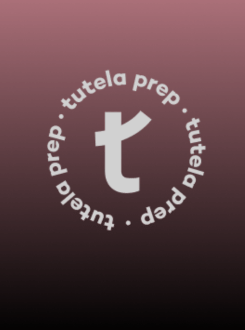
Abhimanyu Chauhan
SAT: 1500 / 1600
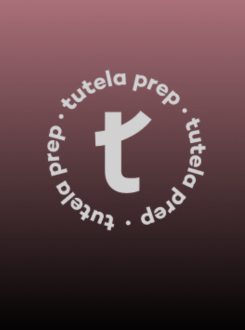
Krishiv Malhotra
SAT: 1500 / 1600

Aasvi Negi
SAT: 1500 / 1600
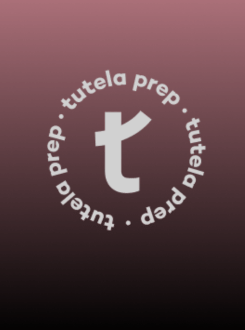
Sara Yadav
SAT: 1500 / 1600
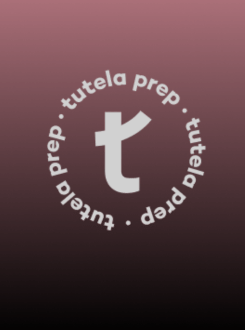
Manavi Nakra
SAT: 1500 / 1600

Ruhani Nag
SAT: 1500 / 1600

Venyaa Yadav
SAT: 1500 / 1600
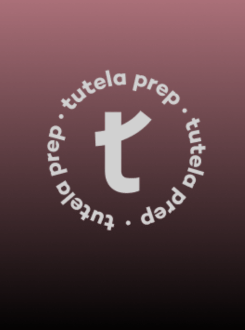
Maya Joshi
SAT: 1500 / 1600

Arshnoor Bhutani
SAT: 1500 / 1600

Aanya Aggarwal
SAT: 1500 / 1600
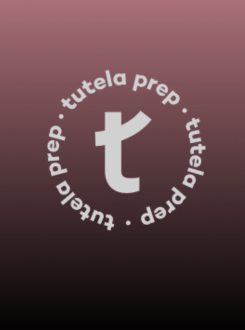
Shaurya Khurana
SAT: 1500 / 1600
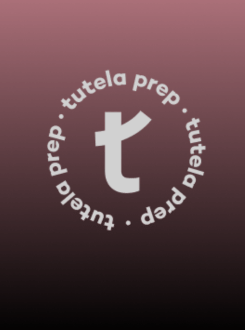
Akshal Dhal
SAT: 1500 / 1600

Varun Chowdhary
SAT: 1500 / 1600

Arki Walia
SAT: 1500 / 1600
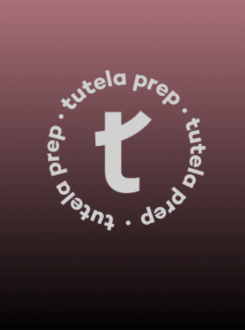
Idhant Kumar
SAT: 1500 / 1600
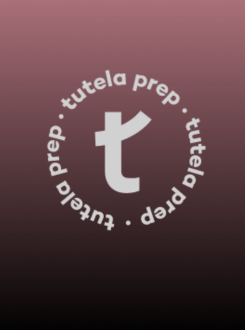
Ditya Agarwal
SAT: 1500 / 1600

Kaavya Indrayan
SAT: 1500 / 1600
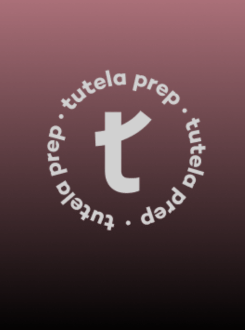
Ishaan Singh
SAT: 1500 / 1600

Poorna Tewari
SAT: 1500 / 1600

Aditya Singh
SAT: 1500 / 1600
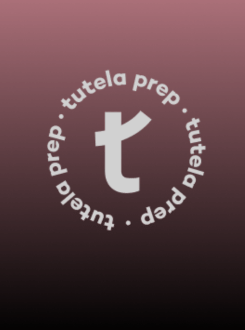
Jai Kashyap
SAT: 1500 / 1600
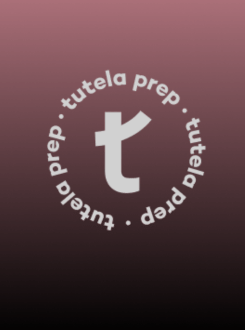
Aishani Das
SAT: 1500 / 1600
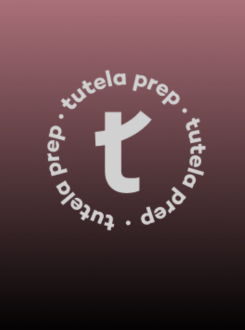
Vaibhav Jasti
SAT: 1500 / 1600
Mini DSAT Diagnostic Test helps students kickstart their SAT preparation, identify their strengths, and focus on areas that will impact their scores most.
SAT Diagnostic Test is an invaluable tool for students preparing for the SAT exam. Based on the actual SAT exam, our test provides students with an accurate assessment of their current level of preparedness and identifies their strengths and weaknesses in the areas covered by the exam.
This online Diagnostic Test helps you understand which standardized test is the best for you.
| Subject | Test Date | Registration Deadline | Deadline for Changes, Regular Cancellation, and Late Registration** |
|---|---|---|---|
| SAT Test 2026 | Mar 14, 2026 | Feb 27, 2026 | Mar 03, 2026 |
| SAT Test 2026 | May 02, 2026 | Apr 17, 2026 | Apr 21, 2026 |
| SAT Test 2026 | Jun 06, 2026 | May 22, 2026 | May 26, 2026 |
Register online at collegeboard.org. Choose your test date, center, upload a photo, and pay the fee.
Both are U.S. college admissions tests. SAT is shorter and adaptive (Digital SAT), while ACT has a science section. Tutela helps you decide which is better for your child.
There’s no limit; however, taking more than 4 attempts is not recommended. Most learners take it twice for the best score, and Tutela’s program covers 2 attempts.
The global average is 1024. Competitive universities look for scores of 1450 or higher, while Ivy League admissions often require scores of 1500 or higher.
High SAT scores can unlock merit scholarships at many U.S. and international universities, reducing tuition costs.
You can send 4 free score reports if you choose universities during registration. Afterward, additional reports cost extra via the College Board. Tutela helps you select the right colleges.
Turning journeys into stories that inspire us every day
The rigorous academics, strenuous testing and hours of practice often associated with preparatory centres are immediately forgotten when stepping foot into Tutela. Each day spent here only further validates my belief that every aspect of your performance will be addressed and improved upon: from the moment you plan on taking a test to, finally, the day of your exam. Testing aside, Tutela goes above and beyond to create the most conducive environment for your success - one cup of coffee, food as incentive, and a host of the most supportive teachers that will make the entire process enjoyable and worth the effort. Read More

The Shri Ram School, Aravali, Haryana, India
The informal, accepting atmosphere combined with the rigorous academic schedule at Tutela allowed me to successfully embrace the challenging standardized tests. The teachers, who communicated not only syllabus but also test-taking skills, accommodated my learning style and worked around my other commitments. Walk into Tutela with the expectation that you will be guided and nurtured (and partake in loads of Marvel and Food-based conversations), not merely tutored. Read More

Pathways World School, Gurgaon, Haryana, India
I joined Tutela to prepare for SAT and am truly grateful for their guidence throughout the entire process. My teachers especially were always extremely encouraging and supportive. From giving me practice modules and reviewing my errors to ensuring low levels of stress on the day before the exam, they did it all. I had a great overall experience and highly recommend Tutela :) Read More

The Shri Ram School, Aravali, Haryana, India
The teachers really helped me understand the concepts in depth and helped me throughout. The resources used are also very effective as they helped me increase my score, and achieve a high SAT score. Thanks a lot for your support and help Read More

Nord Anglia International School, Dubai, UAE
I'm thrilled to share my amassing experience with Tutela. Thanks to their excellent guidance, I aced the SAT on my first attempt. Special thanks to English instructor Abhinav and math instructors Aakash and Somendra - their help and expertise played a significant role in my learning. They were there with me every step of the way and were extremely approachable. I genuinely felt supported throughout the journey. Tutela not only provided exceptional SAT coaching but also became a second home during my preparation. Highly recommend Tutela for ACT, SAT, and AP preparation. Read More

Modern School, Barakhamba Road, New Delhi, India
I am thrilled to share my experience with Tutela. After scoring a 1390 on my first SAT attempt, I decided to give it another shot with the help of their exceptional team, and I achieved a remarkable 1510 out of 1600 on my second try! A huge thank you to my dedicated teachers, Ms. Sanskriti and Mr. Somendra. They kept it real with me throughout the entire preparation process, providing honest feedback and invaluable improvement tips during every meeting we had. Their personalized approach and unwavering support were significant in helping me identify my weaknesses and build on my strengths. The digital platform was user-friendly and offered a wealth of resources that catered to my individual learning style. The structured study plans and excessive practice tests very closely mirrored the actual SAT, which boosted my confidence and performance on test day. I highly recommend Tutela to anyone looking to improve their SAT scores. Their expert guidance, combined with a supportive learning environment, made all the difference in my SAT journey. Thank you, Ms. Sanskriti and Mr. Somendra, for helping me achieve my academic goals! Read More

Oberoi International School, Mumbai, India
Tutela is by the far the best test prep institute with unmatched resources and stellar faculty who work on and off hours to bring best result from a student. My experience with Tutela has been amazing and I appreciate all of my teachers - including Ashish, Mukul, Sudeshna, and Pooja. Highly recommended! Read More

Deen Bandhu Public School, Delhi, India
Working with tutela over the last year has been absolutely amazing, they were extremely meticulous, gentle and adapting throughout my ACT prep. They helped develop strategies, work on identifying key problem areas and took an in-Depth tailored approach with every aspect of my preparation. Would highly recommend them to everyone! Read More

The Shri Ram School, Aravali, Haryana, India
I felt learning at Tutela was an amazing experience. Mukul Sir is a great teacher, who worked tirelessly to clarify every concept and clear all my doubts. I would love to learn under him again. Ashish Sir also provided me with constant guidance, which I found to be very helpful. Read More

The Shri Ram School, Aravali, Haryana, India
Learning at Tutela was a great experience! With their help I was able to learn everything in a simple and organized manner and with the use of their resources such as practice tests I was able to get the score I wanted in my ACT. Their teachers know exactly how to help and support you throughout the learning process. Overall Tutela is a great centre. Read More

The Shri Ram School, Aravali, Haryana, India
I recently had the privilege of working with Tutela for SAT preparation, and I can confidently say that it was a game-changer for me. The expertise, personalized approach, and unwavering support provided by Tutela truly set them apart. From the outset, the team at Tutela demonstrated a commitment to understanding my unique learning style and academic goals. The initial assessment helped tailor a personalized study plan, ensuring that every session was focused on addressing my specific needs and weaknesses. This individualized attention not only boosted my confidence but also accelerated my progress. The tutors at Tutela are undoubtedly experts in their field. Their deep understanding of the SAT exam, coupled with their ability to simplify complex concepts, made the material more accessible and less intimidating. I appreciated their patience and willingness to go the extra mile to ensure I grasped each concept thoroughly. What truly impressed me about Tutela was their use of innovative teaching methods. The incorporation of interactive tools, practice exams, and real-time feedback significantly enhanced my learning experience. The emphasis on both content knowledge and test-taking strategies was instrumental in my overall success. Furthermore, the support system at Tutela extends beyond the tutoring sessions. The staff is responsive, attentive, and genuinely invested in the success of their students. Whether it was addressing my concerns, providing additional resources, or offering encouragement, they were consistently there for me throughout the entire process. As a result of my time with Tutela, my SAT scores significantly improved, opening doors to opportunities I once thought were out of reach. I wholeheartedly recommend Tutela to anyone seeking top-notch SAT preparation. Their commitment to excellence, personalized approach, and supportive environment make them a standout choice for those looking to excel in their SAT journey. Read More

Delhi Public School, RK Puram, New Delhi, India
I’m currently an incoming freshman at UC Berkeley (Class of 2025), and I took AP Statistics and AP Calculus BC classes at Tutela. I highly recommend Tutela’s classes for the AP exams — my personal experience with them has been unmatched. My mentors went even beyond the extra mile to help me with as many extra classes and hours that I needed so that I could excel in my exams. My AP performance helped me get ahead with Math, Stats, and Quantitative Reasoning class requirements at college and I’m very grateful to Tutela for helping me achieve my desired scores! Read More

La Martiniere for Boys, Kolkata, India
